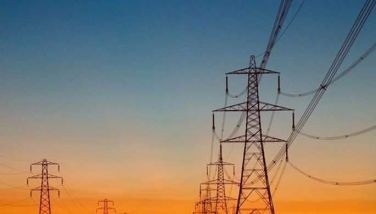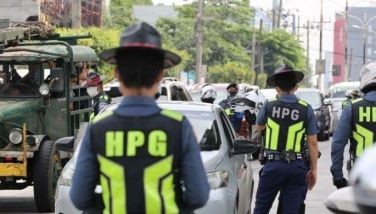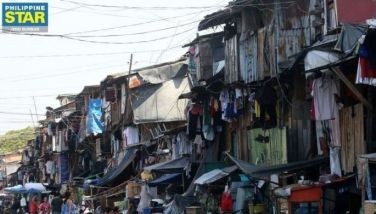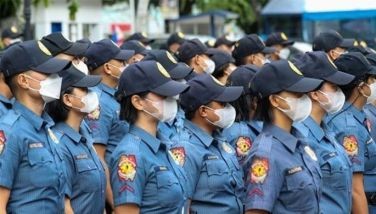Life After Lockdown: Capital region reopening for workforce but vulnerable population to remain home
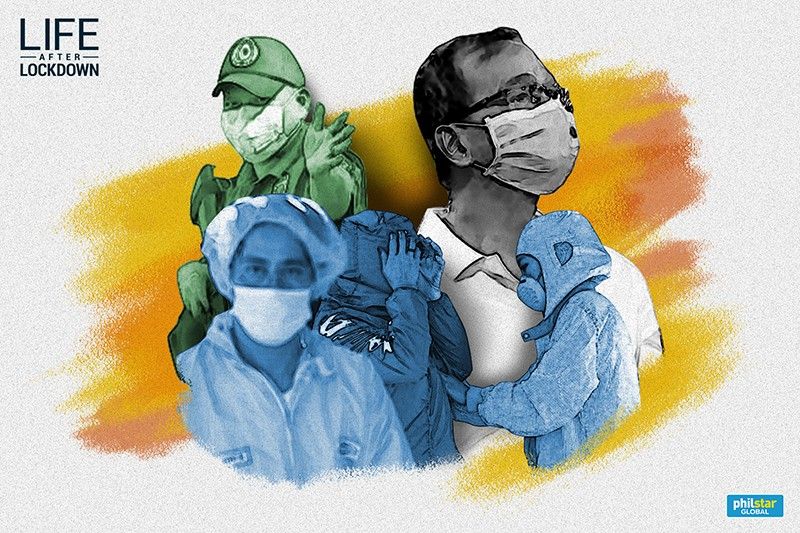
Philstar.com's Life After Lockdown is a compendium of references on Filipinos' shift to a new normalcy during a coronavirus pandemic.
MANILA, Philippines (Updated 2:24 p.m.) — Since the number of coronavirus cases in the Philippines began to pile up in mid-March, authorities adopted desperate measures to slow the spread of the contagion, including restricting the movement of millions.
People across the archipelago were ordered to stay home, schools and businesses were shuttered and public gatherings were banned under virus lockdowns. While the virus battle is far from over with the development of vaccines still months or years away, the national government will begin to ease restrictions that have upended the lives of millions.
Where are people allowed to go? Movement in those areas under an eased general community quarantine (GCQ) will be limited to services and work within buffer zone and outside buffer zone.
- Buffer zones are areas without cases but are close to localities with COVID-19 cases.
- Outside buffer zones are areas outside of buffer zones without confirmed cases.
Who are not allowed to leave their homes? Despite fewer limitations on movement are imposed under GCQ, those who are especially vulnerable to the highly infectious disease are discouraged from leaving their homes.
They are, however, exempted from the rule if they need to obtain essential goods and services or if they work in permitted industries and offices.
- People below 21 years old.
- Those who are 60 years old and above. Elderly people, especially those with pre-existing medical conditions, are more likely to have severe coronavirus infections than the general population.
- Those with immunodeficiency, comorbidities or other health risks.
- Pregnant women are required to stay in their homes at all times. At present, there is no evidence that pregnant women are at higher risk of severe illness. But the World Health Organization stressed that they can be badly affected by respiratory infection due to changes in their bodies and immune systems.
Who are allowed to go out? All individuals are required to wear face masks, face shields or other protective equipment whenever they go out of their residences. Physical distancing or keeping at least one-meter distance from others will still be a part of the “new normal.”
- People who need to get essential items are allowed to go out.
- Employees of industries permitted under general community quarantine may report for work.
- In areas under a modified GCQ or MGCQ, indoor and outdoor non-contact sports and other forms of exercise such as walking, jogging, running, biking, golf, swimming, tennis, badminton, equestrian and skateboarding are allowed.
Police Lieutenant General Guillermo Eleazar, commander of the Joint Task Force COVID Shield, said there will be continuous police visibility and patrolling at establishments permitted to operate to check the presence of “unauthorized persons outside of residence” and physical distancing among authorized persons outside their homes.
Are mass gatherings still prohibited? Events that draw big crowd are still highly restricted in areas under GCQ.
- In GCQ areas, only up to 10 people are allowed to be in one place at the same time.
-
Movie screenings, concerts, sporting events and other entertainment activities, community assemblies and non-essential work gatherings are allowed in MGCQ areas as long as the participants will be limited to 50% of the venue or seating capacity.
Commuting and land transport • Movement of people • Industries • Air travel • Education • Reopening of industries and workplaces • Work-from-home setup • Digital economy • Government services • Courts, cases and law enforcement • Religious services and churches • Sports interactions • Sports • Local sports leagues • Dining and beverage • Television, movies, music and events
Will checkpoints remain in place? Uniformed personnel will still screen people at quarantine checkpoints to check the presence of individuals unauthorized to go out.
- Expect less strict checkpoints. Eleazar pointed out that maintaining checkpoint operations could create “monstrous traffic congestion,” especially in highly urbanized areas under GCQ because relaxed restrictions would lead to more people and vehicles on the road.
- “Quarantine checkpoints, based on what is happening on the ground, can adjust accordingly. Staggered or random checking could be tried to minimize traffic congestion and public inconvenience,” he told Philstar.com.
Are quarantine passes still needed? Interior Secretary Eduardo Año said residents of areas under GCQ are no longer required to present quarantine passes when they head out of their homes.
- Crossing provincial or regional borders, however, will still require travel passes.
Will there be curfews? Local government units can approve ordinances enforcing curfew at night for non-workers and penalizing violations of movement restrictions in a “fair and humane manner.”
- During the virus lockdown, curfew violators were arrested, made to stay overnight in basketball courts, ordered to do physical exercises and in a case in Santa Cruz town in Laguna, placed inside a dog cage.
- United Nations human rights experts said that drastic measures meant to slow the transmission of the coronavirus should not be used as excuse to resort to excessive use of force.
- “Breaking a curfew or any restriction on freedom of movement cannot justify resorting to excessive use of force by the police; under no circumstances should it lead to the use of lethal force,” the UN experts said in April.
- Latest
- Trending






















